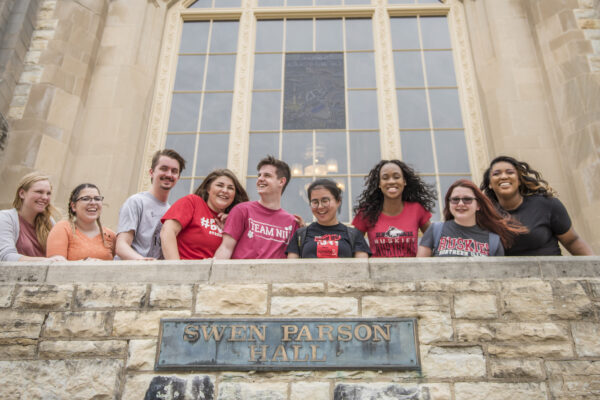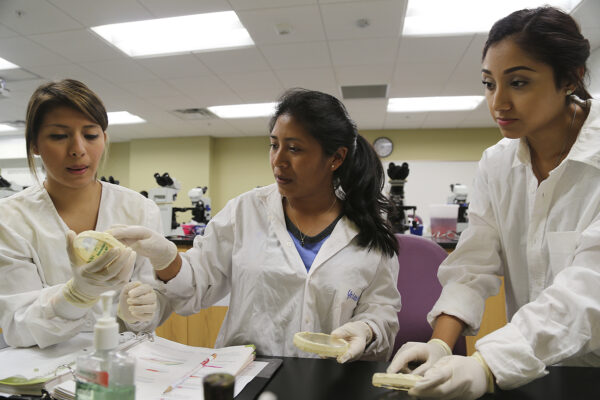New Outcomes Data on Students Who Graduated During the Great Recession
Title: Four Years Later: 2007-08 College Graduates’ Employment, Debt, and Enrollment in 2012
Author: Emily F. Cataldi, Sandra Staklis, & Jennie Woo
Date: June 2018
The National Center for Education Statistics recently released a new report as part of their Stats in Brief series called Four Years Later: 2007-08 College Graduates’ Employment, Debt, and Enrollment in 2012. The brief reports findings from the second follow-up of the 2008 Baccalaureate and Beyond Longitudinal Study conducted in 2012. This nationally representative survey and follow-up tracked the four-year outcomes for students who graduated with a bachelor’s degree during the 2007-08 academic year.
This study is notable in part because it tracks students who graduated in the middle of the Great Recession. In 2012, 69 percent of these graduates were employed, and an additional 11 percent were employed and enrolled in an additional degree program. At the same time, 40 percent reported having been unemployed (not working but actively looking for work) for at least one month during the first four years after graduation.
For those graduates employed in 2012, the most common occupation was business or management (23.9 percent of employed men and 18.9 percent of employed women held a job in these fields). After business and management, STEM occupations were the most popular for men (with 20 percent of men being employed in this field). For women, the second most common response (accounting for 15.5 percent of employed women) was a grouping of ‘Other occupations,’ including air transportation professionals, artists and designers, communications specialists, information professionals, legal professionals, postsecondary educators, other educators, and social scientists. Women also were more likely to be employed in the fields of health care, PK-12 education, and business support or administrative assistance.
For more information, read the report here.
If you have any questions or comments about this blog post, please contact us.


